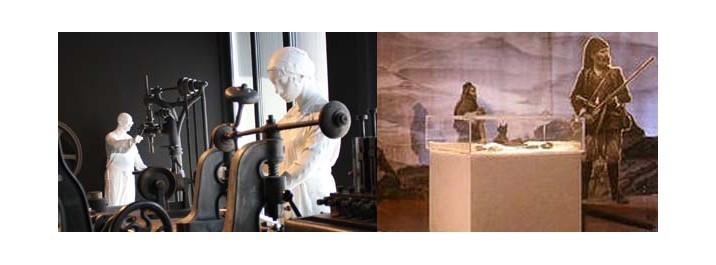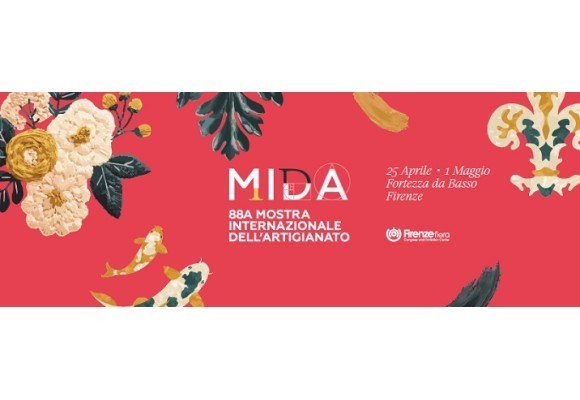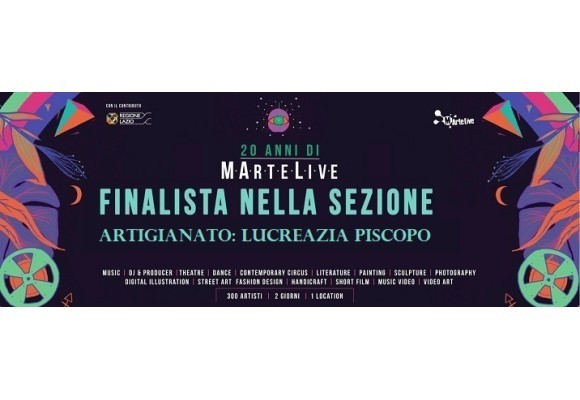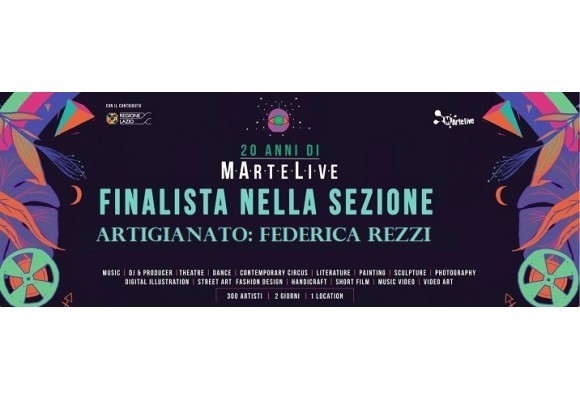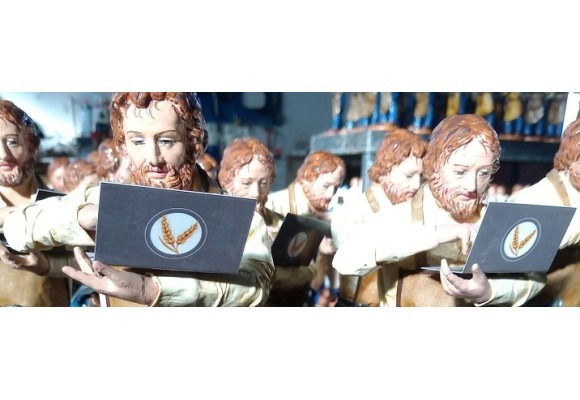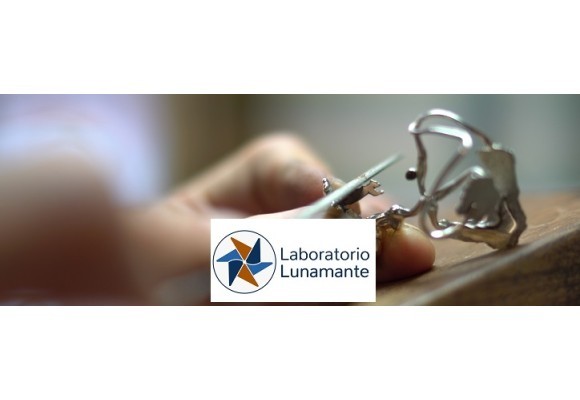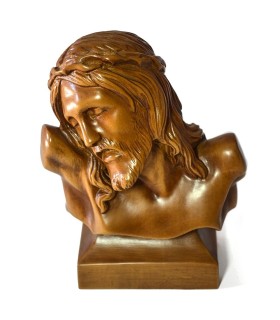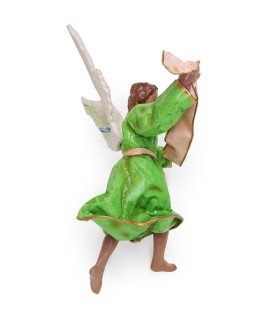Knife museums in Italy
Among the tools that have marked the course of human evolution, the knife is certainly one of the first and most important: we have passed from the first blades in flint and obsidian, a material present in the Mediterranean basin and widespread in Italy in the Lipari and Palmarola islands. Pantelleria and in Sardinia (Monte Arci) to copper, bronze, iron blades up to steel.
The knives can be classified into two types: folding and fixed blade. The former consist of two distinct parts, where the blade can be folded inside the handle, being fixed by a pin on which the blade itself can rotate. The latter usually have larger dimensions and are characterized by blades of different sizes, with a proportion of the elements that is therefore not conditioned by the closure.
In Italy we have many types of knives that differ in regional uses and origins. Currently it is possible to deepen the history and origins of some of them in the cutlery museums that have sprung up in the main national production centers, from Scarperia (Tuscany), to Maniago (Friuli-Venezia Giulia), to Frosolone (Molise). , in Arbus and in Pattada (Sardinia).
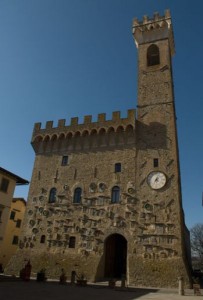
In Scarperia, a town in the province of Florence, it is possible to visit the Museo dei Ferri Taglienti, inaugurated in 1999 in one of the symbols of the city and its history, the Palazzo dei Vicari.
The visit will begin with the multimedia section where it will be possible to see films of the craftsmanship and will be divided between the productions of Italian cutlery and production centers from the end of the 19th century to today. The third section focuses on the local productions of the Scarperia cutlers. Visitors will also be able to see the “Blades for women” section, dedicated to cutting blades such as scissors for embroidery and tailoring; they will also have access to didactic panels and a workbench where they can try their hand at assembling the knife.
With the help of the guided tour, you can also visit the ancient Cutler's Workshop, active from the early 1900s to the 1970s, still complete with tools and instruments of the trade.
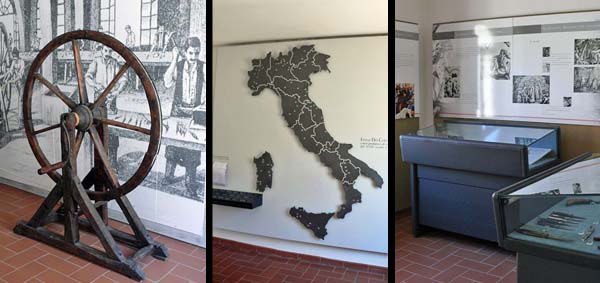
In Maniago, a town in the province of Pordenone, you can visit the Museum of Blacksmith Art and Cutlery, divided into five sections, three of which are dedicated to cutlery. In the first "The Magician's Forge: Cutler's Craft and Techniques" the sets and production environments were reconstructed, along with the historical and technological sequences that characterized the evolution of the cutler's work.

An example is the battiferro del favri da gros (big blacksmith), where tools for peasants and lumberjacks, swords and other rod weapons were built; or the workshop of the favri da fin (blacksmith from fino), where the precision of the workmanship was more important than the use of energy and for example scissors, penknives, knives, professional tools were made.
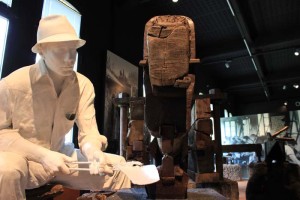
In the second "From obsidian to metal oxide, raw materials, sources of energy, knowledge and practices" the characteristics and processing cycles of the main materials used to make knives and their components were highlighted.
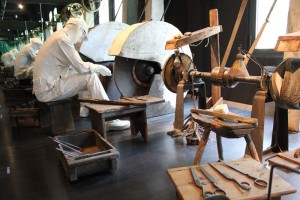
The third section "From function to form" presents both the various materials according to their use and production functions and the creations of knives, scissors and various cutting tools made in Maniago.
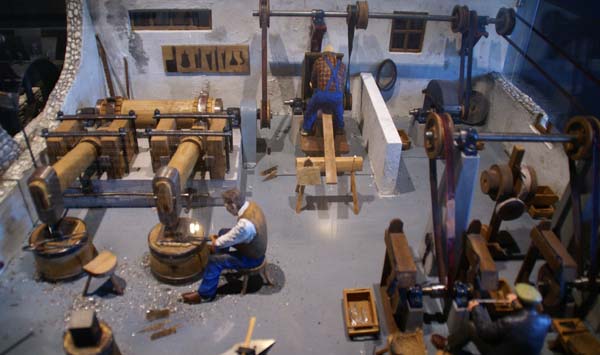
In Sardinia, on the other hand, there are two knife museums, one in Arbus, a municipality in the Medio Campidano area and the other in Pattada, a municipality of Sassari. The one in Arbus was created by the master cutler Paolo Pusceddu and is divided into four rooms where it will be possible to relive the history of cutlery on the island from the Neolithic to today. In the first we find both knives from the 16th century onwards and the reproduction of an obsidian dagger.
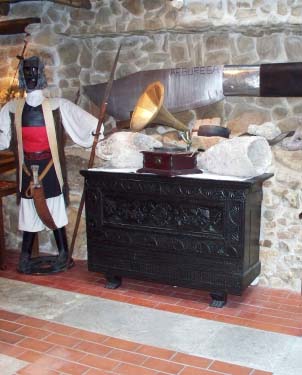
The second brings together the creations of important contemporary Sardinian cutlers: Francesco Trudu from Villacidro, Sebastiano Spanu from Dorgali and Barore Brundu from Pattada. The third room is dedicated to the local products of Arborea cutlery, while in the last room an old blacksmith's workshop "su ferreri" has been rebuilt, where you can see the original tools of the last century. Also inside the museum it is possible to admire the knife that entered the Guinness Book of Records as the heaviest one in the world with its 295Kg, also made by the master Pusceddu.

The museum of Pattada, a small mountain town in central northern Sardinia, takes the name of the “Culter” Museum, a name that in Latin was used to indicate the first stone knives.
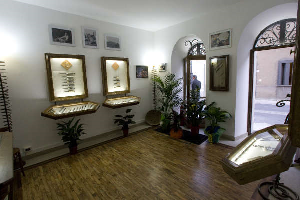
Inaugurated in May 2011, it aims to be a space aimed at enhancing the contemporary production of the international handmade knife; was born thanks to a couple of artisans from Pattada from "sa Resolza": Salvatore Giadu and Maria Rosaria Deroma. The museum has two main sections, one dedicated to the origins of the Sardinian knife and the other to international knives; where it is possible to admire creations from artisans, important private collections and cutlery from all continents.
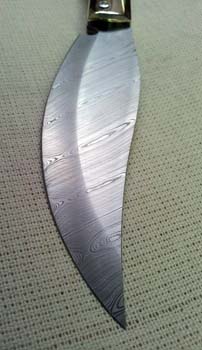
FOR MORE INFORMATION:
Scarperia – Museo dei Ferri Taglienti
telefono 055/84.68.165
Maniago – Museo dell’arte fabbrile e delle coltellerie
telefono 0427/707223
Arbus – Museo del coltello sardo
telefono 070/9759220
Pattada – Culter
telefono 079/755918
The photographic material used in this post:
it is part of the Archive of the Museum of Blacksmith Art and Cutlery in Maniago
MIDA 2024: the craft fair you can't miss
Lucrezia Piscopo Art, winning project of the Lazio MarteLive 2021 regional final
Interview with Federica Rezzi G, winner of the Lazio MarteLive 2021 final, crafts section
From tradition to today, a special gift for a special professional
The beautiful works of Klimt on the ceramic eggs of La Terra incantata
Valentina Musiu and VALEgnameria, art and craftsmanship in a dynamic and colorful mix
Lunamante Goldsmith workshop, the Covid don't stop creativity

